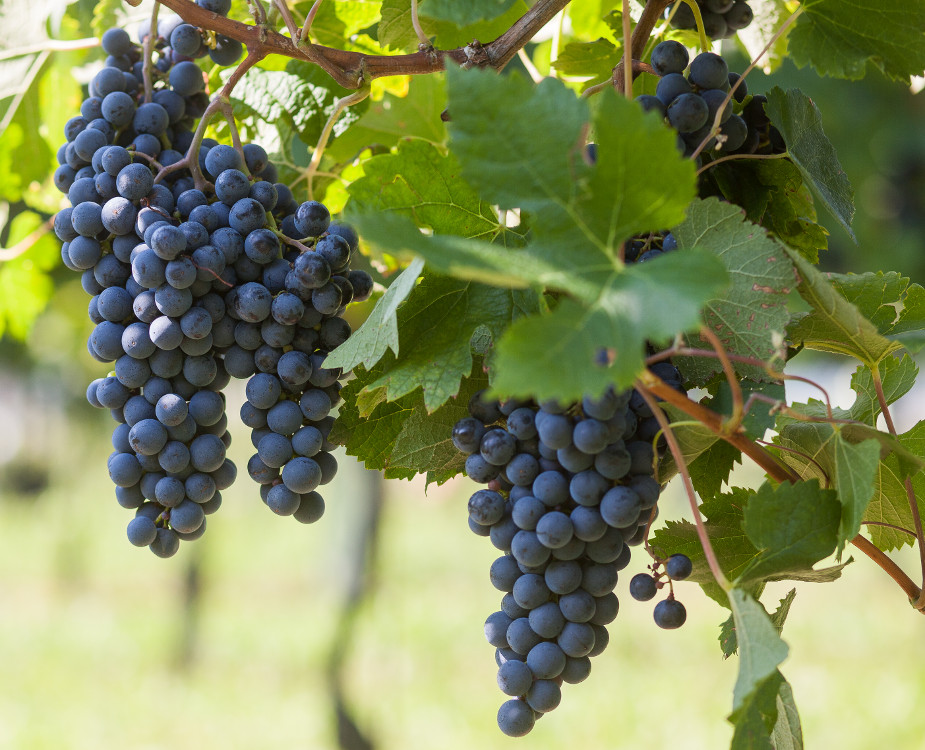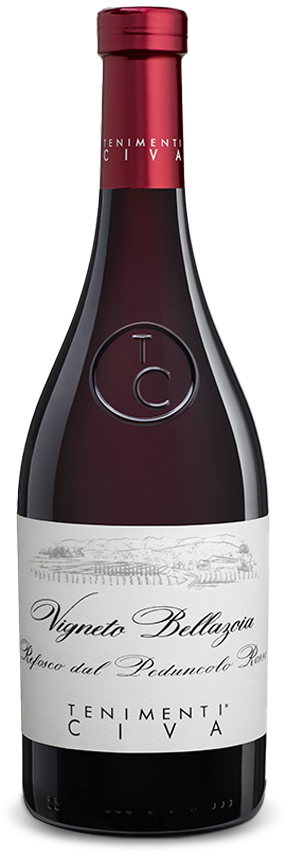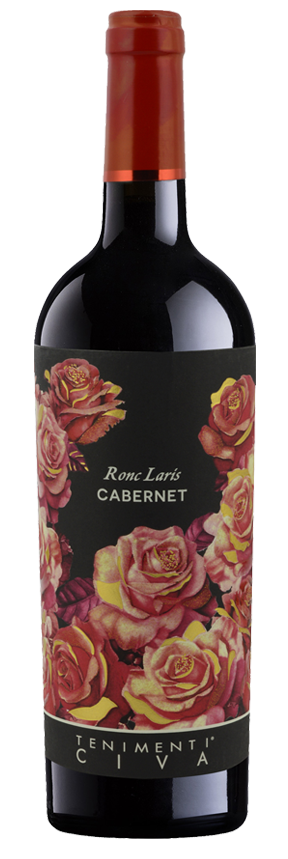Vinification Technique
Fermentation processes
The production of red wines is similar to that of whites. The grapes are deprived of the stalk (destemming) so as not to compromise the elegance of the final product; then they are pressed to release the pulp and juice (mashing). The must remains in the cold steel tanks for a few days to promote pre-fermentation maceration. The juice is now ready to be transformed into wine thanks to the addition of yeasts.
Through maceration, that is the contact between solid and liquid parts (which is the first and most important difference between the production processes for red and white wines), certain substances contained in the skins are released, namely anthocyanins and tannins. The former are pigments, which give the wine colour; the latter are responsible for the structure, colour stability and the sensation of astringency we perceive when sipping red wine.
THE PHILOSOPHY OF 85 I 15
Red wine production
During yeast transformation, our oenologists carefully monitor the temperature, which is stabilized between 28 °C and 30 °C to avoid interruptions of fermentation with a consequent loss of aromas.
The bubbling of the fermenting must caused by the activity of yeasts (tumultuous fermentation) lasts for between 4 and 10 days. During this time, alcohol, the main substance produced by the yeasts, makes its appearance, and in turn aids the complete extraction of the substances contained in the skins.
The gas (carbon dioxide) that forms during fermentation causes the skins to rise in the tank, forming a cap. Breaking the cap and pumping over are carried out on a daily basis, and serve to homogenize the liquid and the solids. These practices agitate the mass and optimize extraction of the elements present in the skins (colour, aromas, flavour substances …), as well as oxygenating and reinvigorating the yeasts.
At other times, the déléstage (complete emptying of the tank and breaking of the cap) is carried out in order both to slightly aerate the wine and encourage the complete transformation of sugars, and to remove the grape pips. At the end of fermentation, the lees are drawn off by softly pressing the skins impregnated with liquid and separating them from the wine.
A very delicate subsequent phase is malolactic fermentation, which we constantly monitor, in which malic acid is transformed into lactic acid. This makes the wine more velvety, as a result of the action of lactic bacteria. At the end of this fermentation, the wine is naturally clarified by decantation and is racked once or twice, also to promote oxygenation.
The wine is aged in 225-litre barriques, and/or 10-15-hectolitre vats and 500-litre tonneaux for the Vigneto Bellazoia and Linea Classica, while the wines of the Biele Zôe Cuvée 85I15 line remain in steel tanks until bottling.







